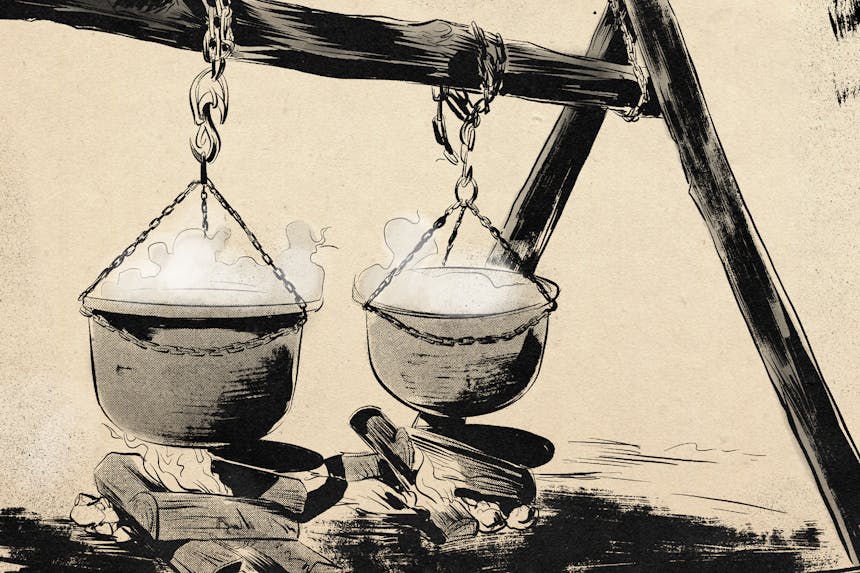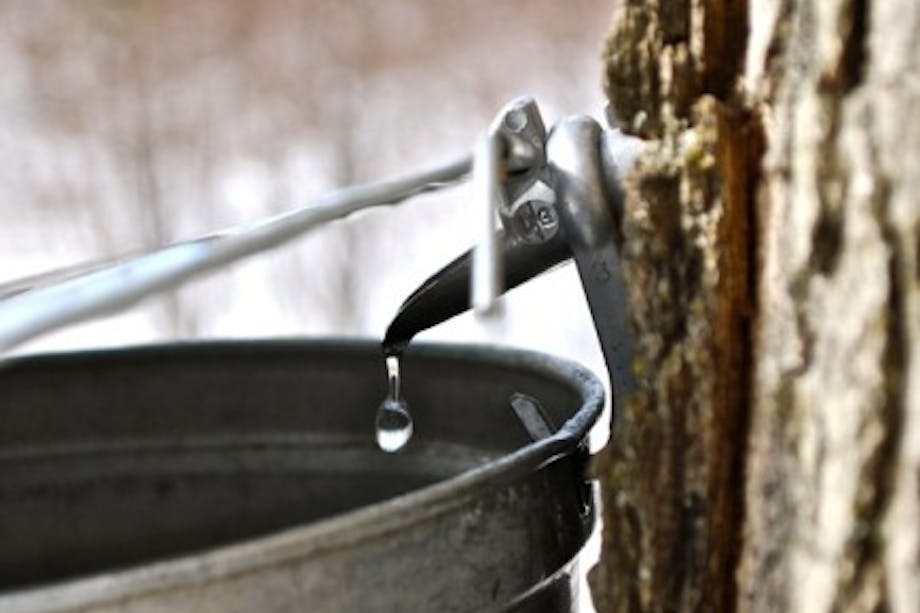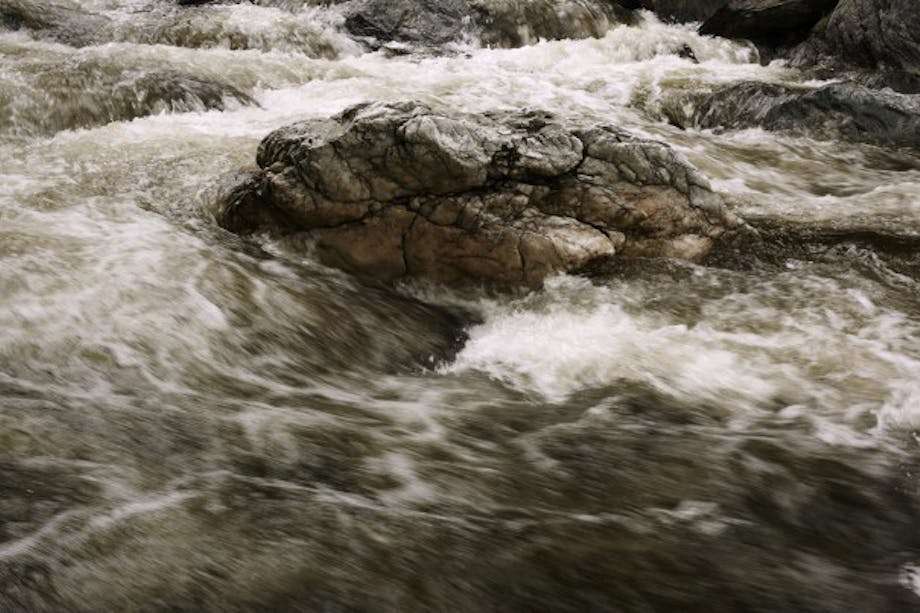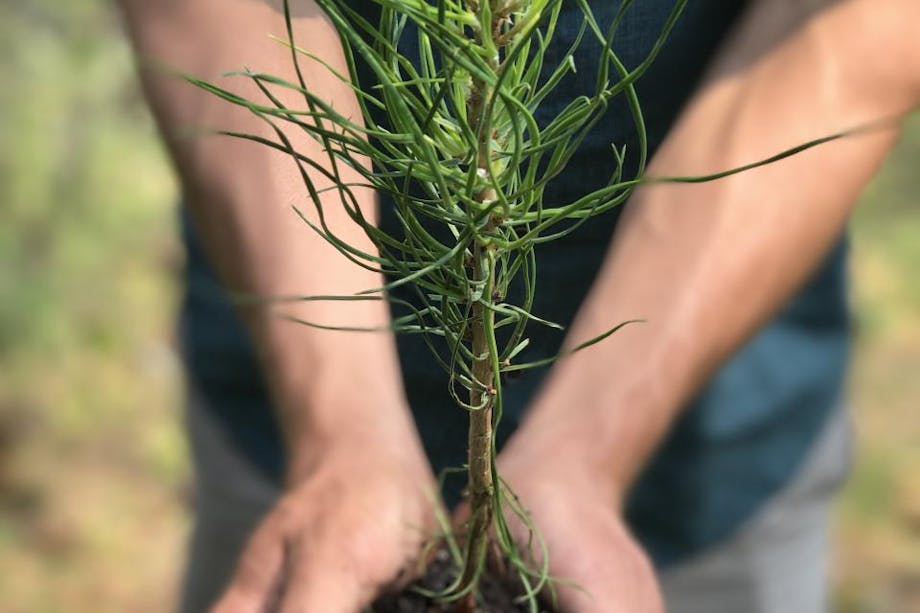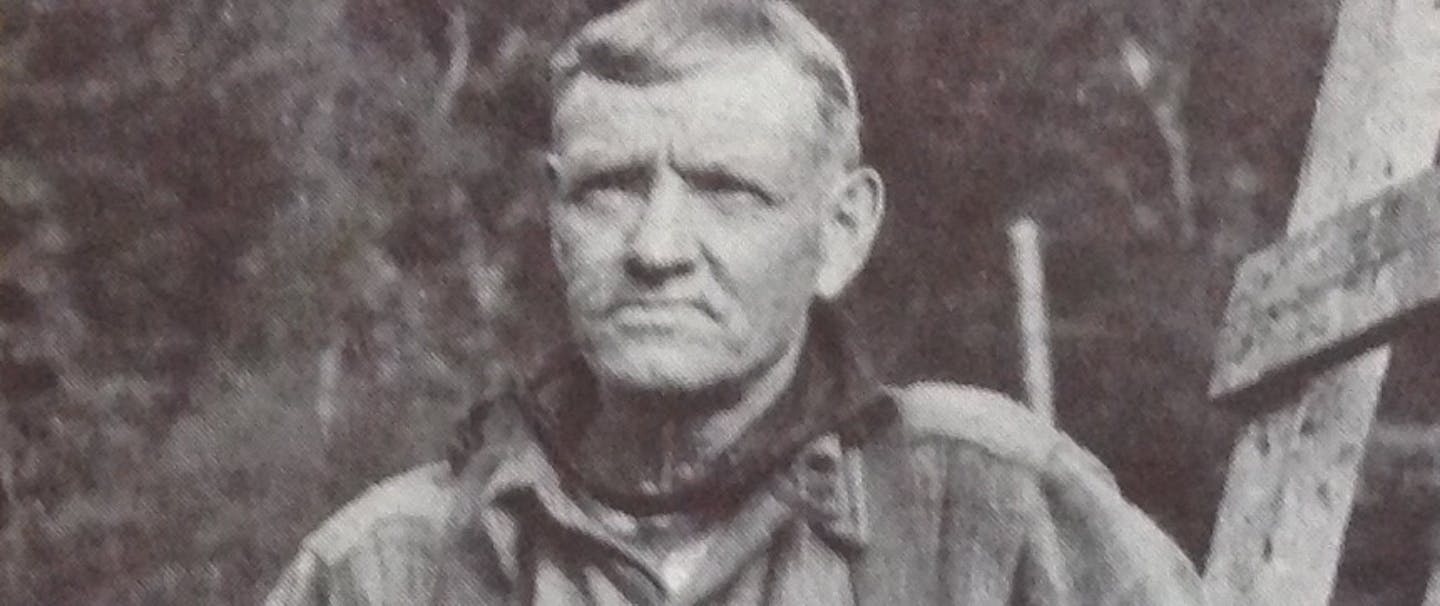Maple syrup was first collected by the native people of North America. While there are no verified accounts of how maple syrup production began, one popular legend suggests maple sap being used in place of water to cook venison served to a Native American chief.
The majority of the world’s maple syrup supply is produced in the Northeastern part of the continent. The sap consists of about 98% water and 2% sugar – to make the syrup, the sap must be boiled allowing the water to evaporate. The final product is roughly 33% water and 67% sugar content. The darker the syrup the stronger the flavor.
The state of Vermont – the top U.S. producer of maple syrup – distinguishes four different maple syrup grades, from light to dark. All maple syrup is produced by the same process.
The 4 grades are:
- Fancy: first syrup of the season, very clear and light in color
- Grade A Medium Amber: a shade darker than Fancy, still light in color, considered by most as the traditional “pancake syrup”
- Grade A Dark Amber: produced towards the end of the season, more robust flavor, very hearty, a great choice for baking or richer dishes
- Grade B: usually made at the end of the season, almost as dark as molasses, very strong flavor, described as “hard-core”, considered mostly a cooking-grade syrup
With the average price of maple syrup about $35 USD per gallon, it’s not a cheap commodity. Knowing how to tap a maple tree – should you have one close by – and make your own is a great cost saver, as well as a fun skill to have.
Follow these steps to learn how:
Tapping a Maple Tree
Supplies:
- Spile (Spout)
- Hammer
- Drill
- 5/16’’ or 7/16’’ drill bit (well-sharpened)
- Bucket with lid
- Maple tree
Steps:
1. Drill a level, horizontal 2’’ deep hole at a convenient height. Look for unblemished bark and don’t bore too close to an older tap-hole.
2. Lightly tap the spile into the hole. Don’t drive too hard and don’t tap when the temperature is below freezing to avoid splitting the tree.
3. Hang a bucket under the spout. Use the lid to keep out leaves, bark, rain, etc.
4. Check your bucket every day and collect sap. Keep sap in cold storage (it will spoil) and boil within seven days.
How to Make Maple Syrup
NOTE: Boil sap within seven days preferably outdoors, on a gas range, evaporator, or outdoor fireplace. Boiling sap gets steamy so if you cook indoors be sure to use a stove vent or humidifier.
Steps:
1. Gather as much sap as possible — a gallon of syrup requires over 40 gallons of sap.
2. Boil sap in a wide pot. Don’t fill pot to the top — it will boil over. Maintain a depth of at least 1 1/2’’ to prevent burning. As the sap boils down, keep adding more.
3. When the sap starts to darken and sweeten, stir often and watch closely. Sap becomes finished maple syrup at 66-67% sugar content and 7.1°F above the temperature of boiling water.
4. Filter the syrup while it is still hot, through clean filter material such as wool. If you don’t have filter material, let it cool for 12 hours or more so the sediment can settle to the bottom.
5. Pour syrup in jars and seal — fill jars so there is very little air. Syrup should be canned hot — 185°F (reheat syrup if you have let it cool).
6. Store syrup in a cool, dry place.
7. Clean equipment with hot water and a brush or cloth. No soap or detergent.
8. Remove all taps from trees.
